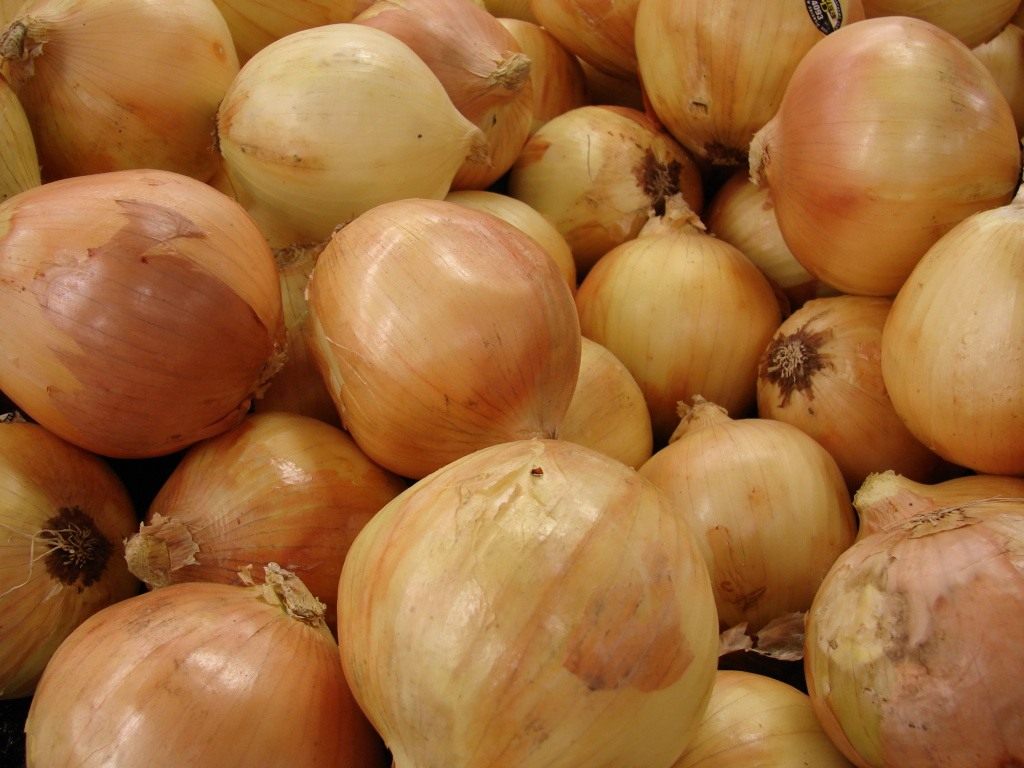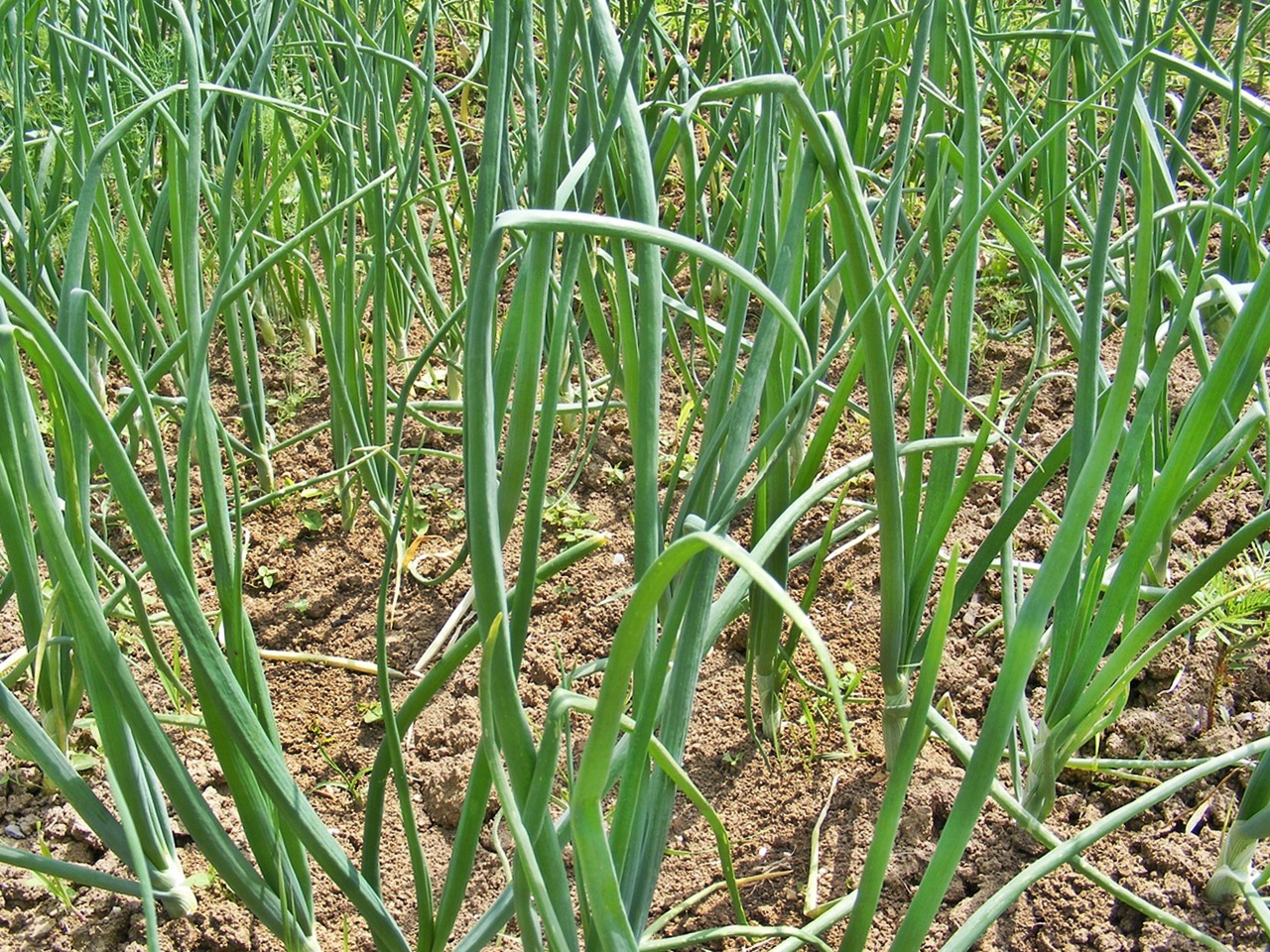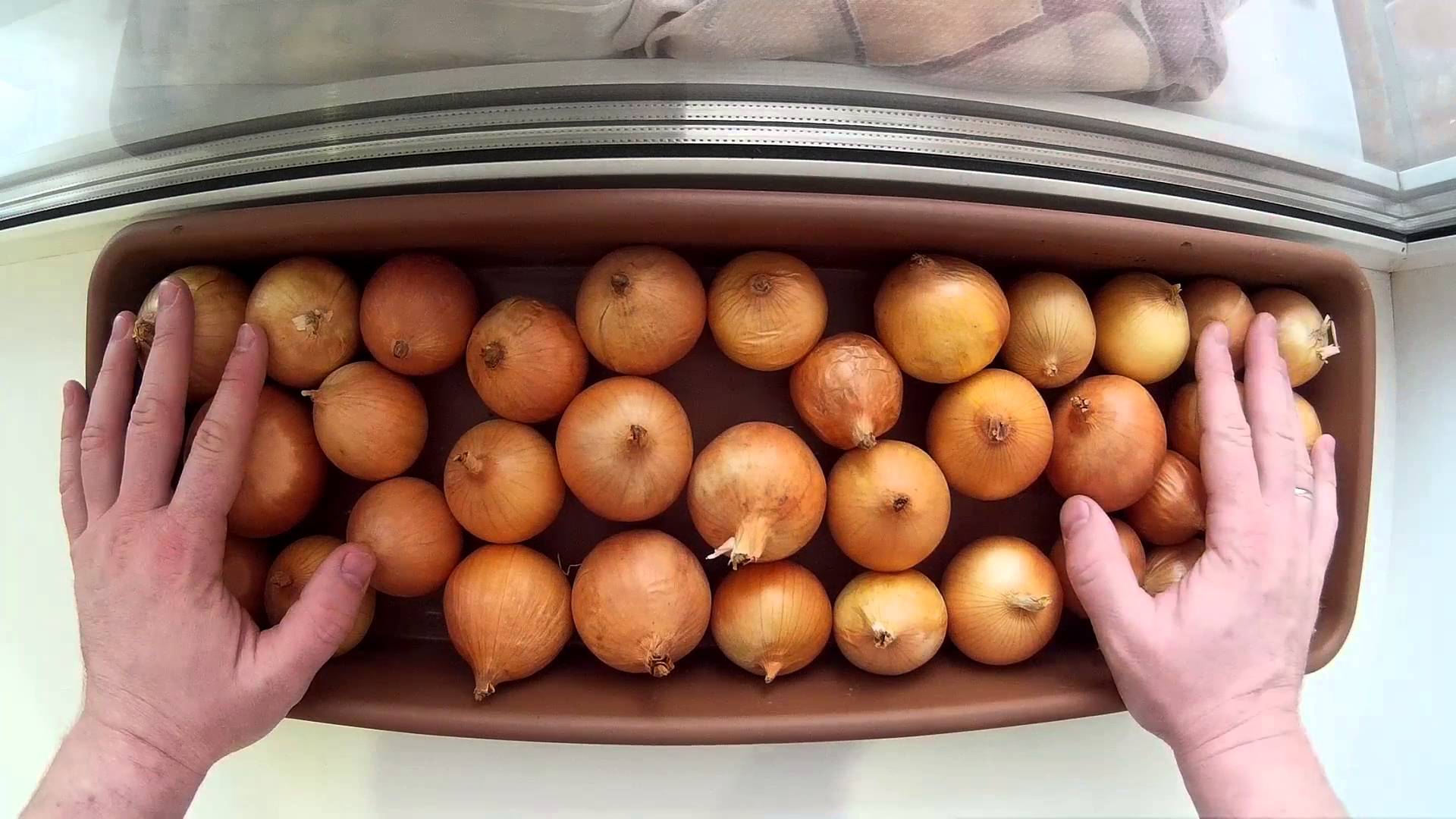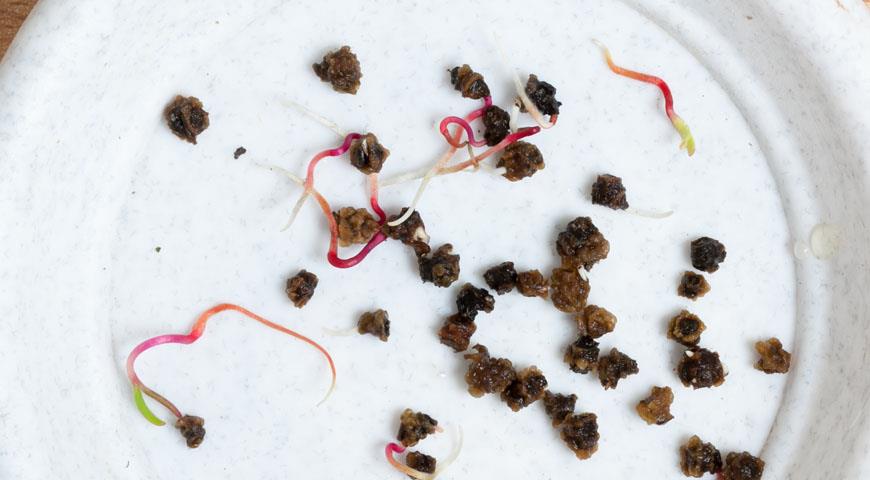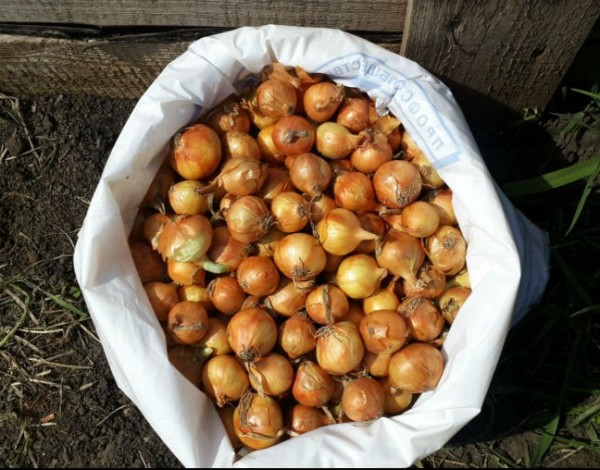It was previously believed that cooking onion sets for planting is completely optional. The plant is not quite whimsical and does not require any special attention. In most cases, the matter was limited only to the bulkhead of the seed in order to remove damaged bulbs.
Practice has shown the inconsistency of this approach. And before you start growing onions, you need to properly prepare the bulbs for planting.
This process goes in several main directions:
- plant growth stimulation;
- prevention of harmful bacteria;
- increasing plant resistance to harmful insects and major diseases;
- increasing resistance to difficult weather and climatic conditions;
- prevention of turnip decay.
Within the framework of the listed areas, onion sets are also pruned before planting. We will try to find out what this procedure is and why it is needed.
Why and how to trim onions
The question of whether it is necessary to trim the onion sets before planting worries many gardeners. There is no definite answer to this question yet. Some believe that planting onions is quite acceptable without trimming the tops. Circumcision, from their point of view, is a waste of time, because each individual onion will need to be processed. Others, on the contrary, are convinced that pruning onion sets is a mandatory process, without which it is not possible to obtain a full harvest. In all fairness, it should be noted that most horticultural professionals find pruning onions necessary before planting.
Cutting off the top of the onion means that the greens grow faster. The greens will begin to grow earlier because the feather of the bulb will not have to try to punch its way through the scales. It will effortlessly come to the surface, as a result of which each bulb will give abundant and even shoots.
During the pruning process, it is easiest to see and reject bulbous seed affected by bacterial rot or other diseases that can slow down the full growth of the crop.
A quality crop that comes from strong, healthy trimmed bulbs will last much longer.
For the procedure, you can use a sharp knife, pruner or scissors. It doesn't really matter which of the listed tools is chosen. It is much more important that the procedure is not done too early. Otherwise, an infection will inevitably get into the onion planting material, and there will be no point in getting a decent harvest.
It should be noted that when planting on an industrial scale, seedlings are rarely pruned - processing hundreds of kilograms of small bulbs is a very dreary and laborious task.
Onion top trimming procedure
Having decided positively the question of whether it is necessary to cut the top when planting onions, it is very important to carry out the procedure correctly. The specificity of the procedure largely depends on the competitive goal of onion cultivation: obtaining a large amount of greens or large and selective bulbs.
If, in accordance with the plans of gardeners, the onion should harvest a good feather, prune the tops in the following way. The largest bulbs should be selected from the available planting material. They will produce more green shoots than smaller bulbs. Next, with a well-sharpened knife, it is necessary to remove about a third of the onion in the upper part. This technique allows you to effortlessly pull out the greens as they grow.
If the purpose of planting is a turnip bulb, the following procedure for pruning is better suited. In this case, the required planting material is small and medium heads. Only their tails should be cut off from them, carefully trying not to hurt the onion itself. If, due to inexperience, cut off too much, together with the top, the sprout will be cut off. As a result of damage to the rudiments of feathers, the latter will not be able to grow in full, and without them full and strong bulbs will not work.
But opponents of the procedure say that this is only an illusion. In fact, a bow that has had its top trimmed off will indeed feather much faster. This is due to the lack of resistance in the form of a tail, through which an uncut plant will have to break through. But very soon (after about two weeks) it will not be clear on which bed the onions were trimmed before planting.
Some decide negatively the question of whether it is necessary to trim the onion sets just before planting, since in the process of pruning, wounds are obtained on the onion that can spoil the presentation of the product (after all, part of the feather is cut off from the top in preparation for planting). But this point of view is absolutely not justified. By the time the crop is cut, there will be no trace of the plant being cut.
If you plan to plant onions before winter comes, the algorithm of actions should be approximately as follows:
- discard all unusable planting material;
- sort the onions by size;
- plant large specimens first, then smaller ones.
The spacing of winter bulbs planted when autumn comes should be less than when planting in autumn. In this case, neither roots nor dry ends should be trimmed under any circumstances, since the plant can freeze during a harsh winter. Heating and soaking are also contraindicated.
Features of planting onions
Having figured out whether or not it is necessary to cut the top off the onion set, it is worth learning about how to plant it correctly.
The landing site is usually prepared in the fall. The soil is carefully and deeply dug up, fertilized with manure, compost or chicken droppings at the rate of one and a half to two buckets of organic matter for each square meter. In addition, superphosphate with potassium salts must be included in the proper amount of fertilizers. Onions, which have a particularly good and large head, are usually obtained from areas where peas, zucchini, potatoes, tomatoes or pumpkins were previously grown. After carrots, garlic and cucumbers, on the contrary, you should not count on a decent harvest.
Immediately before placing the onions in the soil, the beds are spilled with a weak solution of potassium permanganate. You will not need to fertilize the soil anymore throughout the growing season. It will only be necessary to periodically water the onions and remove weeds.
Sevok is planted in previously prepared and loosened beds. This is done according to the scheme. It is very important to maintain a distance between the bulbs of 12 centimeters, and between the beds - 25-28 centimeters. The planting depth of the sevka heads can vary from 14.5 to 5 centimeters. After planting, the soil must be mulched. The most commonly used mulch is sawdust or straw. Alternatively, the freshly planted seedlings can be covered with a dark film to prevent drying out.
This variety has relatively small bulbs, but if agricultural technology is fully observed, the harvest can be very decent. Family onions are usually planted in early spring. Experts strongly recommend trimming the bottom of the bulb a little, since a well-developed root system is especially important for the species described and its successful growth. Returning to the question of the need to cut the tops of the onion, it should be noted that in the case of family onions, this procedure is not so significant. The most important thing is to remove excess husk before planting, under which harmful bacteria can hide.
Onions are a fairly easy plant to grow. But in order for the harvest to be plentiful, the preparation of seed and planting of a plant in open ground should be approached with the utmost responsibility. And in order not to risk it, trimming the tops should probably be done. After all, most gardeners continue to do this and do not complain about the low yield of the grown crop.
